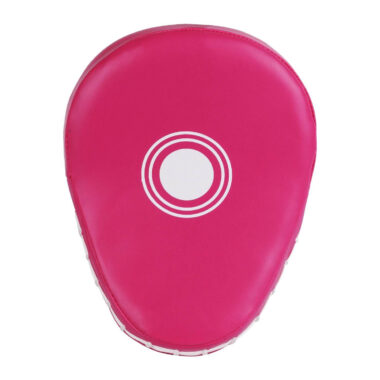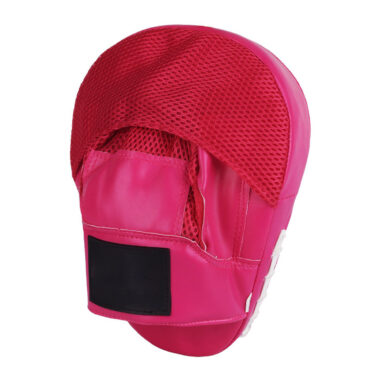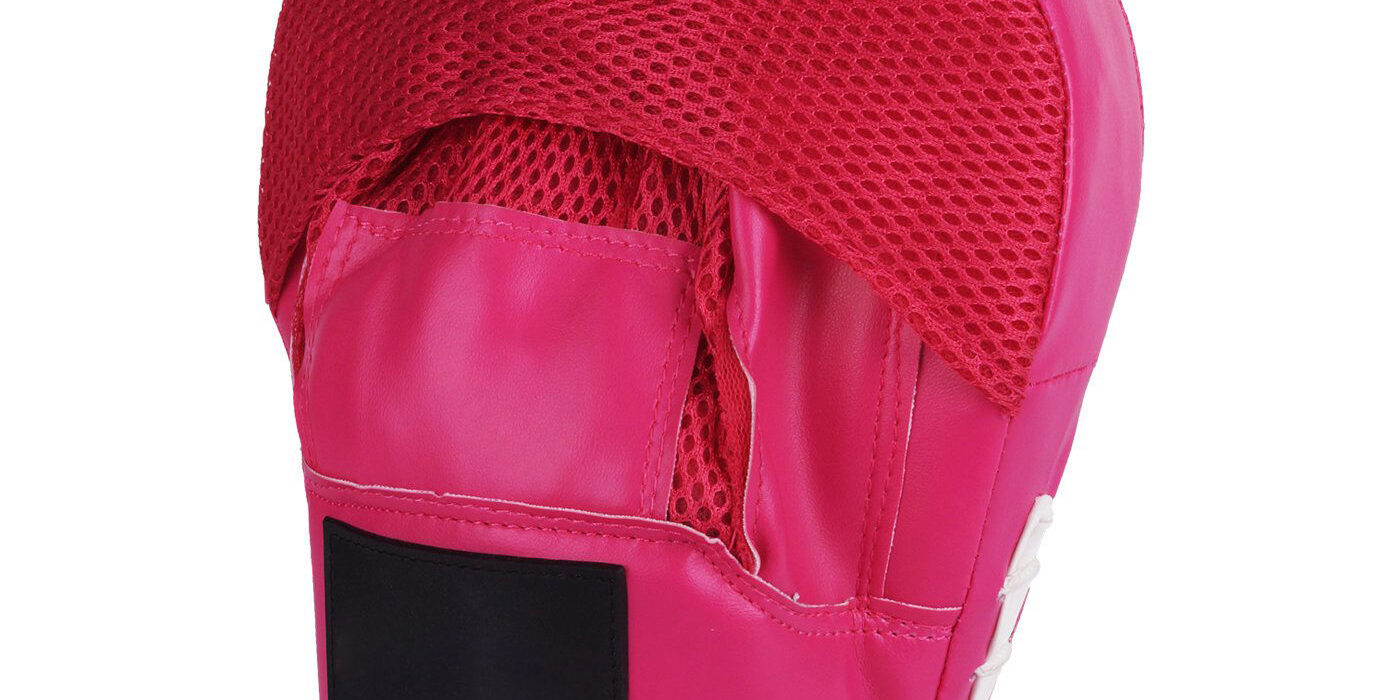🧤 Introduction: Why Boxing Glove Design Matters
Boxing gloves aren’t just protective gear — they define the training experience, athlete comfort, and brand reputation. The right balance of padding, wrist stability, and fit can reduce injuries, extend glove life, and increase customer loyalty. For sourcing teams, it’s critical to evaluate glove design through both performance and manufacturability.
For consistent production quality and verified specifications, professional buyers often collaborate with Boxing Manufacturers. Their material selection and QC standards ensure that every model meets both safety and commercial goals. Meanwhile, technical data from Boxing Gloves Manufacturers can help you align padding density and ergonomic cuts with your target market segment.
💪 Padding Density and Layering
Padding is the heart of glove protection. Modern boxing gloves use multi-layered EVA or latex foams, designed to absorb and disperse impact evenly across the hand.
-
Entry-level gloves use softer foams for beginners and cardio classes.
-
Professional gloves integrate dual-density layers or gel inserts to balance cushioning with responsiveness.
Padding thickness should correlate with glove weight (10oz–16oz). A mismatch can result in poor shock absorption or excessive bulk.
✋ Fit, Closure, and Wrist Alignment
Proper wrist alignment prevents hyperextension during hooks and jabs.
-
Velcro straps offer adjustable fit for gyms and frequent training.
-
Lace-up systems provide snug, uniform tension — preferred by professionals.
Gloves should cradle the knuckles tightly while allowing slight finger curl without strain. Factory-level QC tests for wrist rotation tolerance are a hallmark of premium suppliers.
🧵 Outer Shell Materials: Leather vs PU
Material selection determines texture, breathability, and maintenance needs.
-
Genuine leather delivers unmatched durability and moisture regulation, though at higher cost.
-
PU synthetics are economical, lightweight, and suitable for large-scale OEM production.
Reputable boxing glove suppliers ensure PU films have sufficient thickness (≥0.9mm) to resist cracking under stress cycles.
🧽 Inner Linings and Ventilation
High-quality gloves feature antimicrobial inner linings with ventilation perforations. These prevent odor buildup and bacterial growth. For humid regions, brands may specify moisture-wicking polyester or bamboo fiber blends.
⚙️ Stitching and Quality Control
Double or triple-stitched seams are essential. Premium factories use bonded nylon threads to resist fraying during high-volume bag work. During QA, gloves undergo compression and rebound testing to verify padding integrity after repeated impact cycles.
📦 Branding and Custom Options
Custom glove programs allow for embroidered logos, printed labels, or color-block designs that match gym identity. OEM partners can provide Pantone-matched colorways, enabling unified branding across entire boxing equipment lines.
✅ Conclusion
Professional-grade gloves balance safety, aesthetics, and longevity. Whether sourcing for a fitness chain or launching your own label, partner with manufacturers that offer full traceability, tested materials, and stable capacity — ensuring each pair delivers lasting performance in the ring.





















